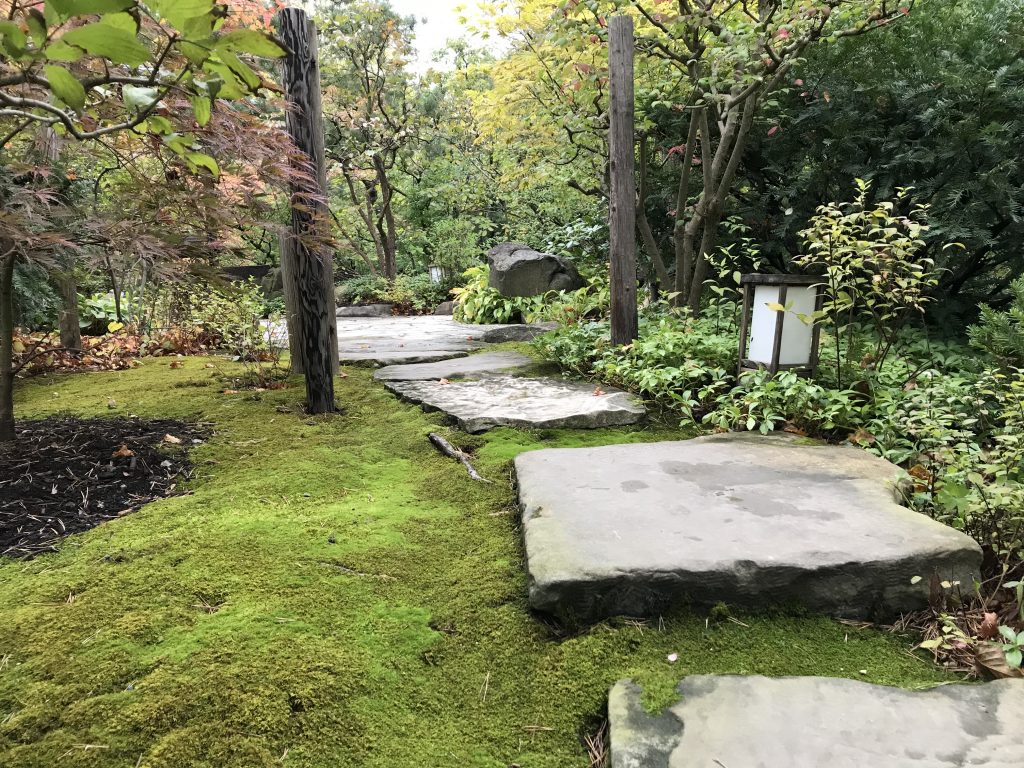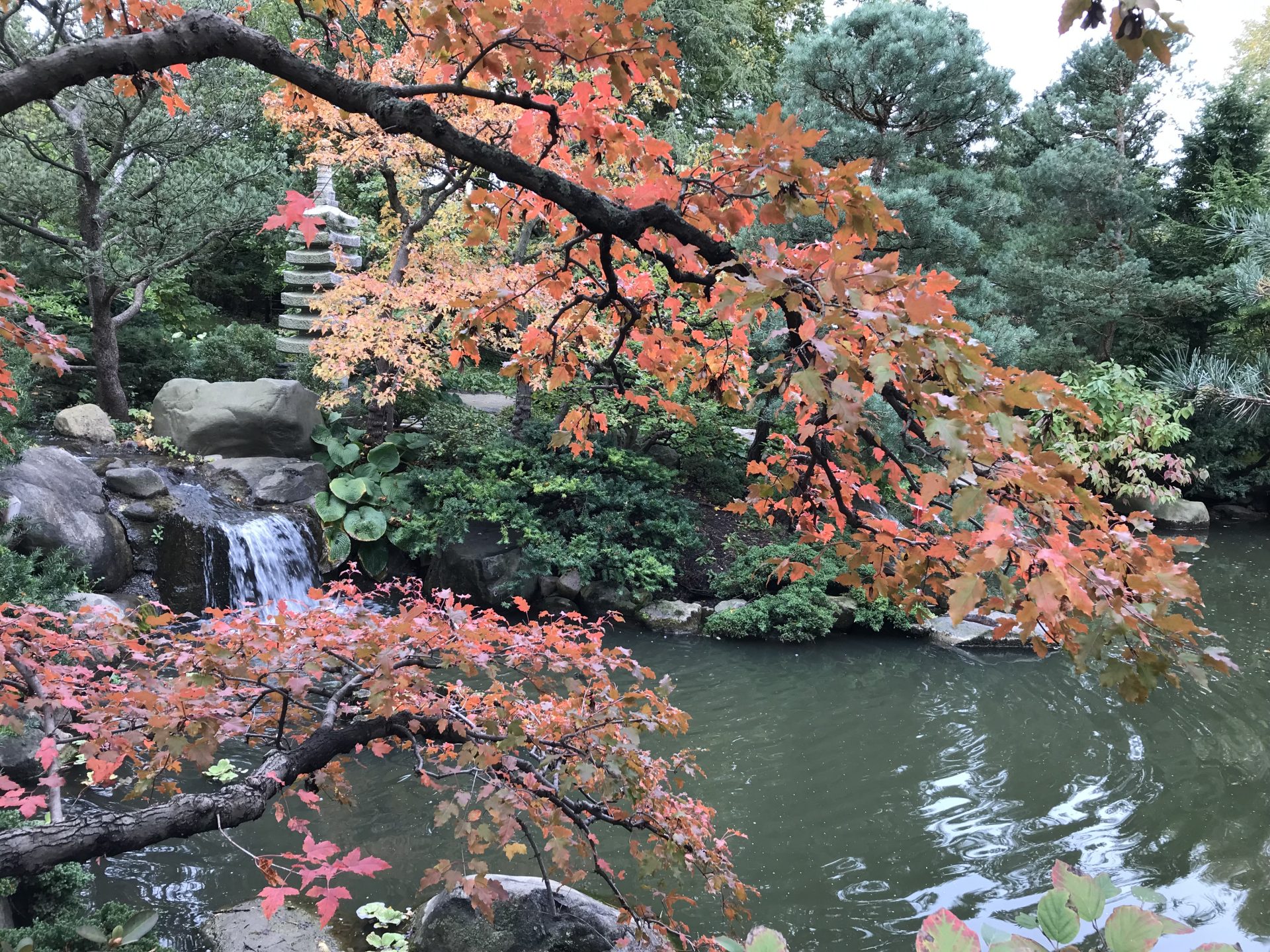Rockford, Illinois’ traditional Anderson Japanese Gardens are a delight during any season, providing visitors with a sense of peace and tranquility
Located east of the Rock River, less than a 10-minute drive from downtown Rockford, Illinois, the Anderson Japanese Gardens are a beautiful sight to behold. These gardens will not only capture your imagination but calm your mind and soul.
In 1978, local businessman John Anderson was inspired by a visit to a Japanese-style garden in Portland, Oregon to have one constructed in his hometown. Bringing in Master Craftsman and designer Hoichi Kurisu, who had also designed the Portland garden, a swampy section of Rockford was carefully transformed into one of the premier authentic Japanese-style gardens in the country. For those unfamiliar with these types of gardens, every detail from the stones, trees and soribashi (bridges) are all methodically placed to create a natural work of art.
Entering the Anderson Japanese Gardens, visitors are directed by signage along the best paths to take. Although not specifically instructed to do so, it is strongly recommended to follow the paths as they will provide the best experience as you organically stumble upon gorgeous views—and your first one will most certainly be the largest pond. Adjacent to a large gazebo, which can be rented for a gorgeous wedding, the pond is filled with koi fish and is surrounded by a variety of tree species. If you’re interested in feeding the koi fish, specific food can be purchased prior to entering the gardens. Across the pond at the opposite end is a deck with café-style covered seating.
The largest waterfall at the back of the gardens is one of the most popular spots for taking group photos. The deck across from the waterfall provides an excellent vantage for a photographer to take the perfect shots. Also at the back of the gardens is another large pond, though this one has a completely different theme, being focused on highlighting the surrounding older traditional Japanese architecture. The trek around this pond has bountiful greenery and stone lanterns, with strategically placed benches allowing for relaxing moments to take it all in at your leisure.
It’s important to note that while the main path is easily accessible to those with limited mobility there are some more challenging side paths which offer some unique views. No matter your ability to stroll the gardens, it’s best to be curious and take your time. You never know where you’ll find your favorite spot—it could be along a little side path leading to a dead end with a lonely stone bench just for you and your group.

A mossy stone path in the garden. Photo courtesy of Christopher D. Silbernagel
Dining, Seasonal Events and More
Within the main building at the gardens are a gift shop, as well as the restaurant Fresco at the Gardens. Fresco is perfect for all group outings and can be rented out as well. Open for breakfast and lunch, the dining area provides excellent views of the gardens within a stylishly comfortable arrangement complete with a beautiful fireplace and vaulted ceiling. There are also outdoor dining options, though it’s best to call ahead to ask if outdoor dining is available on the day you have planned your visit. The gift shop provides a large variety of unique items, including Anderson Japanese Gardens-branded clothing, imported sweets, drinks, collectables and more.
Depending on the season you choose to visit, there are a host of group activities and events to consider enjoying, such as yoga and Pilates and tai chi, as well as the monthly lecture series. Topics for these lectures vary, and recently included one focused on Toyoaki Shamisen, complete with performance of ozashiki geisha house and Ohayashi music with ozashiki dance. To attend lectures and most other events, pre-registration is required.
The Anderson Japanese Gardens mainly operate from May through October, though timing can vary by year so be sure to check opening dates and hours prior to your visit. As a not-for-profit, in-season entry fees and all donations go directly towards maintaining the gardens.
To learn more about the Anderson Japanese Gardens, visit andersongardens.org.
Main photo: Autumn adds vibrant touches to the gardens. Photo courtesy of Christopher D. Silbernagel





